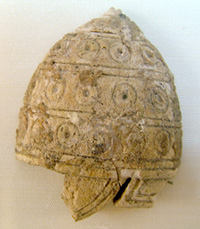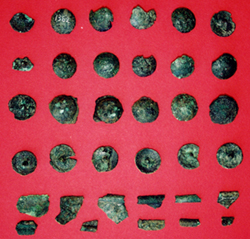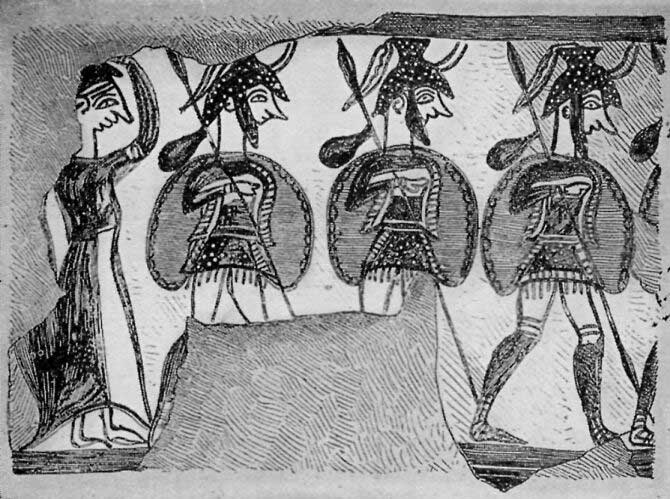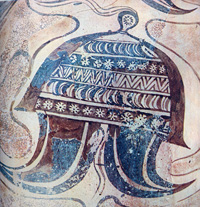Last year I made a batch of ale, and now it's time to drink it. But is it good?
Well, it's not the best beer I've ever had, but it's certainly not the worst*. It's good enough to serve to guests and it got reasonably good reviews. The taste is slightly sour with distinct citrus flavours, which is a flavour profile I enjoy and therefore a good result. I do think the flavours could be a little more balanced, and I'll put some thought into how to improve my next batch. Overall the flavour and colour are more or less in line with what you might expect from a mild ale.
One of the things that interested me about making raw ale was to see if it would taste different from boiled beer, but I don't think it does. What is slightly different is the texture.
It has a smooth, full-bodied texture, and as you can probably see from the photo it's a little cloudy with some sediment in the bottom of the bottles. While a bit of sediment is normal for home brewed beers and also for some commercial beers (e.g. Hefeweizen), this is cloudier than usual. As it is a raw ale, that's to be expected. When you boil your wort you destroy the protein in it, but raw ale still contains this protein.
My ale doesn't have much of a head, which is possibly because I didn't use carbonation drops. I wanted to see how it would go without them. As you can see from the photo there is plenty of carbonation in there, and I wonder whether this is a style of beer that doesn't froth up much. Because I've never had raw ale before I don't really know what to expect, and this is very much a learning process for me.
I don't know what percentage of alcohol is in the beer either, because I don't own a hydrometer. I keep meaning to get one, but really I'm more interested in the taste than the alcohol content. Any fool can make alcohol, the important thing is whether it's palatable. However, I can tell you that this stuff is probably not a standard 5% beer. I think it's closer to 7%.
To make this beer I followed the brewing process used in Denmark in the 19th century, when it was still common for households to brew their own beer. The process is described in detail in fairly extensive surveys, which are summarised by blogger and brewing enthusiast Lars Marius here. It's actually a very simple process that doesn't require much in the way of equipment, which is attractive to me as a home brewer, and I'm a little surprised that more home brewers don't follow this method. I recommend it.
* Disclaimer: I have drunk some impressively horrible beers in my time.
Well, it's not the best beer I've ever had, but it's certainly not the worst*. It's good enough to serve to guests and it got reasonably good reviews. The taste is slightly sour with distinct citrus flavours, which is a flavour profile I enjoy and therefore a good result. I do think the flavours could be a little more balanced, and I'll put some thought into how to improve my next batch. Overall the flavour and colour are more or less in line with what you might expect from a mild ale.
One of the things that interested me about making raw ale was to see if it would taste different from boiled beer, but I don't think it does. What is slightly different is the texture.
It has a smooth, full-bodied texture, and as you can probably see from the photo it's a little cloudy with some sediment in the bottom of the bottles. While a bit of sediment is normal for home brewed beers and also for some commercial beers (e.g. Hefeweizen), this is cloudier than usual. As it is a raw ale, that's to be expected. When you boil your wort you destroy the protein in it, but raw ale still contains this protein.
My ale doesn't have much of a head, which is possibly because I didn't use carbonation drops. I wanted to see how it would go without them. As you can see from the photo there is plenty of carbonation in there, and I wonder whether this is a style of beer that doesn't froth up much. Because I've never had raw ale before I don't really know what to expect, and this is very much a learning process for me.
I don't know what percentage of alcohol is in the beer either, because I don't own a hydrometer. I keep meaning to get one, but really I'm more interested in the taste than the alcohol content. Any fool can make alcohol, the important thing is whether it's palatable. However, I can tell you that this stuff is probably not a standard 5% beer. I think it's closer to 7%.
To make this beer I followed the brewing process used in Denmark in the 19th century, when it was still common for households to brew their own beer. The process is described in detail in fairly extensive surveys, which are summarised by blogger and brewing enthusiast Lars Marius here. It's actually a very simple process that doesn't require much in the way of equipment, which is attractive to me as a home brewer, and I'm a little surprised that more home brewers don't follow this method. I recommend it.
* Disclaimer: I have drunk some impressively horrible beers in my time.








